
The track, probably the only place where a biker goes down on one knee. Its the perfect sport, winding loops, fast corners and insane leans, its an adrenaline rush of a very different type. Its not all fun though, you need to be prepared mentally and physically. Your bike needs to be in perfect shape and requires a lot of tweaking to make it track safe. This article will give you a heads up on what to expect and prepare you on the safety precautions that you need to take.
Protective gear
- Gloves should be race type gloves, very thick at the knuckles and palms, possibly rivets on the palms.
- Leather or Cordura race pants and jacket with built-in hard protection at the knees, calves, elbows, forearms, etc (preferably vented to let cool air in.)
- Hard spine protector.
- Motorcycle racing boots.
- Full face helmet.
Mental and Physical preparation
- Hydrate yourself.
- Eat a protein rich breakfast.
- Track riding is a physically demanding task and being in good shape will help.
- Get a good night’s sleep before your track day.
- Prepare for fun, but remember that the track is a dangerous place. Concentration is required at every stage or you may end up hurting not just yourself but others too.
- Enter the premises with a positive and strong mind ready to learn and concentrate. However natural you are at it, you need to take it easy and push yourself harder only at a much later stage once you get the basics right.
Bike preparation
- Go over your motorcycle thoroughly.
- Tires and brake pads must be near new.
- Tire must be race or near-race quality. A stickier soft-compound tyre preferred.
- Proper tire pressure is of utmost importance. Ask the other racers or people running the track day. Your tire pressure will be a function of the difference in pressure from hot to cold.
- Get rid of those mirrors.
- Disconnect the headlight and brake light. Use duct tape entirely over the headlight, turn signals, and taillight.
- Check the oil, chain, forks, anything else with possible maintenance.
- Setting your suspension up is important in track riding. If you don’t know how to set your forks and swing arm to racing settings according to your body weight, set them to firm.
Once on track
- Take the first 2 laps slow, this is required so that you can warm up your tyres, so that they stick better to the tarmac.
- Never ride outside your limits. The guy in front or behind you has a different set of limits. Don’t ride at his. Increase your lean angle (corner speed) very slowly at a pace you are comfortable with. Get too far outside your limits and you’ll get scared, grab the brakes and go into the grass.
- Your front brake is 80% of your braking power. Avoid the back brake until you have more training.
- If you are exiting the track you must physically signal to the riders behind you. Hold your arm up high.
- Don’t race anybody, yet. Let it go. Have fun, stay safe, learn.
- Keep your passing on the outside till you actually have more skills.
- Breathe in the corners. In through the nose-out through the mouth. This is important for relaxing. You’ll stop breathing and your motorcycle will wonder who’s driving. Also try flapping your arms up and down. This will help with your tendency to grip the handlebars too tightly.
- Your eyes belong way ahead, not just in front of your tire.
- Watch an experienced rider to learn the “line”.
- Lean way down to the tank and get your CG lower.
- Leaning off is for one reason only: Weight distribution. If you can make the turn without leaning off and nothing scrapes the ground, it’s not time to lean off yet. Wait until you’re going faster to complicate the ride with this technique. When stuff starts scraping, you need better weight distribution. If you are leaning off, try baby powder on the seat, you can move around better.
- Slowing for corners begins with downshifting, then braking. Get back on the gas for the ride through the corner. This will set up your suspension for the corner and subsequently the launch.
- Your objective is smoothness. No wheelies, stoppies, don’t try to look cool. Practice smooth shifting, smooth braking. Eventually you’ll feel like you’re going slow, but you’ll be going faster than everybody.
Motorcycle basics: Motorcycles don’t turn by turning their front wheel into the turn, They turn by turning their front wheel away from the turn. “Push right to go right” is equivalent to turn left to go right. All motorcycle riders understand this subconsciously, but skilled riders have it in the forefront of their mind.
Many opinions exist on how best to corner. Counter steering is most common but one long time race winner who’s son is currently winning races theorizes that your motorcycle needs to be “in balance” in a corner. No counter steering. After the initial “push right to go right” the rider balances his weight so that if he were to remove pressure from the grips the motorcycle would stay on course in the turn. This “balance” allows the suspension to soak up track irregularities very well. No “twisting in the middle” or re-compensating occurs in the corner. You can try this in street riding, especially in corners that have bumps.
Remember it takes riding a lot of practice to get good on track. Be patient, concentrate and mostly enjoy!
In the mean while here are couple of informative video’s that we have found quite useful to get a idea of what to expect and the various other jargon’s used:

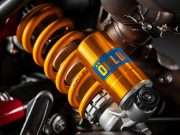
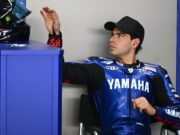
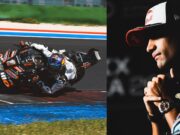
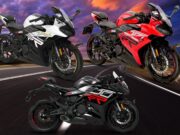
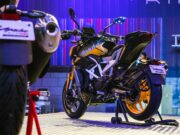

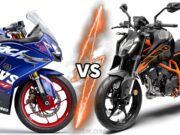

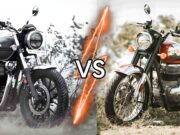
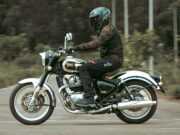
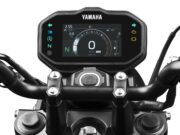


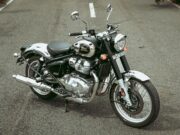

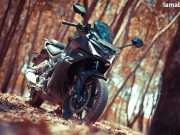
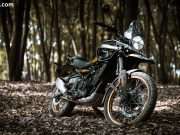




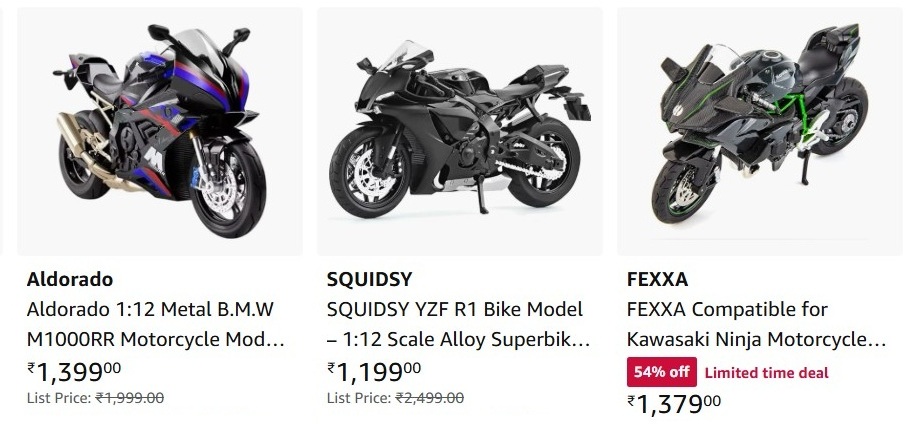














Hello sir,
I am interested in Track Racing in bike so can you please send me details and procedure to take admission and get my self train.
Have a nice day.
Thanking you.
Regards,
Karan Gondkar
Mobile no. 9881078111
I will try to push harder next time :) thanks for the help !
Ride safe mate!
I can voluntarily counter steer my bike and I know the physics behind it very well,only problem is that lean angle is not good enough and if I try to push with more force I lose confidence :( Thanks for the reply! BTW :)
I am not able to initiate counter steering properly any experts here ? :) I just want to know how much pressure I have to apply on the handlebar and I also want to know in which direction the pressure has to be applied.
Hi Giridhar,
No experts here, just fellow bikers like you :), the important thing is to realise that voluntarily or not, you have always been doing counter steering from the moment you started to ride. At speeds below say about 20-30 counter steering would not be effective. The fact about how much pressure needs to be applied will come only with experience and is dependant turn by turn, your speed and available grip and a whole lot of other factors. There is no fixed law at to where you should apply the force, but there is a fixed on the how, some people find it comfortable to turn right by pushing forward the right handle bar while some find it easy by pulling in the left handle bar. Ideally a push force is easier to control.